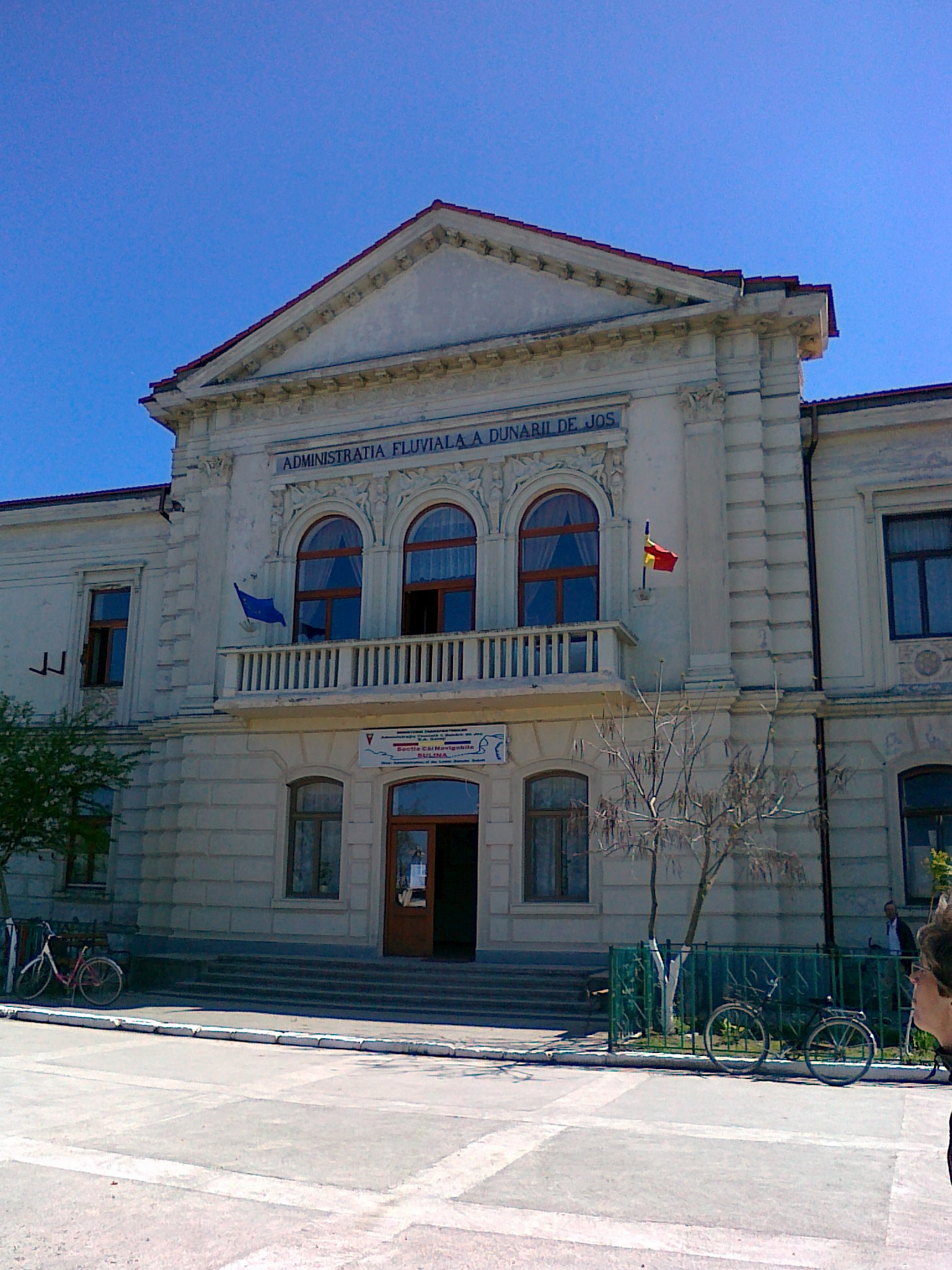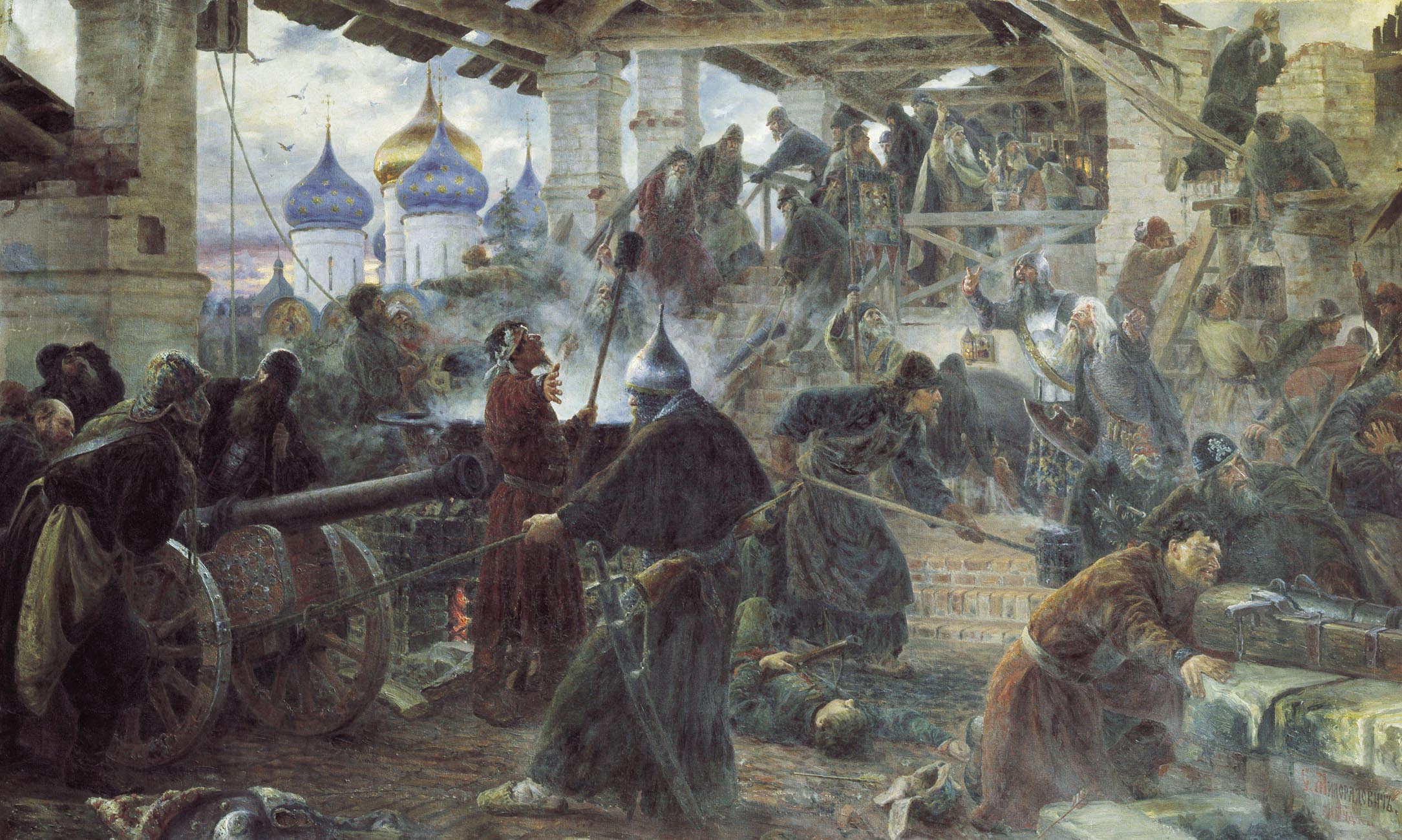|
Jurilovca
Jurilovca (russian: link=no, Журиловка; ''Unirea'' from 1983 to 1996) is a commune in Tulcea County, Northern Dobruja, Romania. It is composed of three villages: Jurilovca, Vișina and Sălcioara (''Caramanchioi'' until 1934; ''Vintilă Brătianu'' from 1934 to 1947; ''6 Martie'' from 1947 to 1996). It was founded by Lipovans at the beginning of the 19th century; the first documentary attestation is from 1826. Although at its beginnings it was a small village, the settlement grew and become, at the end of the 19th century, an important fishing centre in Danube Delta area. Nowadays it has the biggest community of fishermen in Romania, and it has the most modern fish processing factory in the country and Eastern Europe. Jurilovca is also a tourist center. At about 15 km across the Golovița Lake is Gura Portiței, a beach resort at Black Sea. You can reach there by little vessel and by boat. Other tourist attractions are Argamum Citadel and Doloșman Cape. The enti ... [...More Info...] [...Related Items...] OR: [Wikipedia] [Google] [Baidu] |
Argamum (castra)
Argamum was a fort in the Roman province of Moesia. See also *List of castra Castra ( Latin, singular castrum) were military forts of various sizes used by the Roman army throughout the Empire in various places of Europe, Asia and Africa. The largest castra were permanent legionary fortresses. Locations The dispositio ... Notes External links Argamum Earth [...More Info...] [...Related Items...] OR: [Wikipedia] [Google] [Baidu] |
Vintilă Brătianu
Vintilă Ion Constantin Brătianu (16 September 1867 – 22 December 1930) was a Romanian politician who served as Prime Minister of Romania between 24 November 1927 and 9 November 1928. He and his brothers Ion I. C. Brătianu and Dinu Brătianu were the leaders of the National Liberal Party of Romania, founded by their father, Ion C. Brătianu. Biography Born at his family's estate of ''Florica'', in Ștefănești, Argeș County, Vintilă Brătianu started his studies at Saint Sava High School in Bucharest. He then went to France to study engineering at École Centrale Paris from 1886 to 1890. After returning to Romania, he entered politics. From 1907 to 1911 he was Mayor of Bucharest. During World War I, he was Minister of War (15 August 1916–19 July 1917) and then Minister for War Munitions. After the war, he served as Finance Minister (19 January 1922–9 March 1926) in the Liberal government led by his brother, Ion. After his brother died on 24 November 1927, h ... [...More Info...] [...Related Items...] OR: [Wikipedia] [Google] [Baidu] |
Tulcea County
Tulcea County () is a county (județ) of Romania, in the historical region Dobruja, with the capital city at Tulcea. It includes in its northeast corner the large and thinly-populated estuary of the Danube. Demographics In 2011, Tulcea County had a population of 201,462. The population density was 23.7/km², the lowest among the counties of Romania, due to the inclusion within the area of the lowly-populated Danube estuarial wetlands. * Romanians - 89.13% * Lipovans - 5.41% * Turks - 0.93% * Romani - 1.87% * Greeks - 0.65% In the Danube Delta there is an important community of Russians and Lipovans. In the south of the county there are communities of Turks. The region once was a centre of Islam in Romania. Geography The county has a total area of . The most significant feature of Tulcea County is the Danube Delta, which occupies about 1/3 of the entire surface and is located in the North-East side of the county. The Delta has three main branches: the Sulina ... [...More Info...] [...Related Items...] OR: [Wikipedia] [Google] [Baidu] |
Communes Of Romania
A commune (''comună'' in Romanian) is the lowest level of administrative subdivision in Romania. There are 2,686 communes in Romania. The commune is the rural subdivision of a county. Urban areas, such as towns and cities within a county, are given the status of ''city'' or '' municipality''. In principle, a commune can contain any size population, but in practice, when a commune becomes relatively urbanised and exceeds approximately 10,000 residents, it is usually granted city status. Although cities are on the same administrative level as communes, their local governments are structured in a way that gives them more power. Some urban or semi-urban areas of fewer than 10,000 inhabitants have also been given city status. Each commune is administered by a mayor (''primar'' in Romanian). A commune is made up of one or more villages which do not themselves have an administrative function. Communes, like cities, correspond to the European Union's level 2 local administrativ ... [...More Info...] [...Related Items...] OR: [Wikipedia] [Google] [Baidu] |
Eastern Orthodox Church
The Eastern Orthodox Church, also called the Orthodox Church, is the second-largest Christian church, with approximately 220 million baptized members. It operates as a communion of autocephalous churches, each governed by its bishops via local synods. The church has no central doctrinal or governmental authority analogous to the head of the Roman Catholic Church—the Pope—but the Ecumenical Patriarch of Constantinople is recognized by them as ''primus inter pares'' ("first among equals"), which may be explained as a representative of the church. As one of the oldest surviving religious institutions in the world, the Eastern Orthodox Church has played a prominent role in the history and culture of Eastern and Southeastern Europe. The Eastern Orthodox Church officially calls itself the Orthodox Catholic Church. Eastern Orthodox theology is based on holy tradition, which incorporates the dogmatic decrees of the seven ecumenical councils, the Scriptures, and the tea ... [...More Info...] [...Related Items...] OR: [Wikipedia] [Google] [Baidu] |
Communes In Tulcea County
An intentional community is a voluntary residential community which is designed to have a high degree of group cohesiveness, social cohesion and teamwork from the start. The members of an intentional community typically hold a common social, political, religious, or Spirituality, spiritual vision, and typically share responsibilities and property. This way of life is sometimes characterized as an "alternative lifestyle". Intentional communities can be seen as social experiments or communal experiments. List of intentional communities, The multitude of intentional communities includes collective households, cohousing communities, coliving, ecovillages, monasteries, Retreat (survivalism), survivalist retreats, kibbutzim, hutterites, ashrams, and housing cooperatives. History Ashrams are likely the earliest intentional communities founded around 1500 BCE, while Buddhist monasticism, Buddhist monasteries appeared around 500 BCE. Pythagoras founded an intellectual vegetarian com ... [...More Info...] [...Related Items...] OR: [Wikipedia] [Google] [Baidu] |
Moldavia
Moldavia ( ro, Moldova, or , literally "The Country of Moldavia"; in Romanian Cyrillic: or ; chu, Землѧ Молдавскаѧ; el, Ἡγεμονία τῆς Μολδαβίας) is a historical region and former principality in Central and Eastern Europe, corresponding to the territory between the Eastern Carpathians and the Dniester River. An initially independent and later autonomous state, it existed from the 14th century to 1859, when it united with Wallachia () as the basis of the modern Romanian state; at various times, Moldavia included the regions of Bessarabia (with the Budjak), all of Bukovina and Hertsa. The region of Pokuttya was also part of it for a period of time. The western half of Moldavia is now part of Romania, the eastern side belongs to the Republic of Moldova, and the northern and southeastern parts are territories of Ukraine. Name and etymology The original and short-lived reference to the region was ''Bogdania'', after Bogdan I, th ... [...More Info...] [...Related Items...] OR: [Wikipedia] [Google] [Baidu] |
Russia
Russia (, , ), or the Russian Federation, is a transcontinental country spanning Eastern Europe and Northern Asia. It is the largest country in the world, with its internationally recognised territory covering , and encompassing one-eighth of Earth's inhabitable landmass. Russia extends across eleven time zones and shares land boundaries with fourteen countries, more than any other country but China. It is the world's ninth-most populous country and Europe's most populous country, with a population of 146 million people. The country's capital and largest city is Moscow, the largest city entirely within Europe. Saint Petersburg is Russia's cultural centre and second-largest city. Other major urban areas include Novosibirsk, Yekaterinburg, Nizhny Novgorod, and Kazan. The East Slavs emerged as a recognisable group in Europe between the 3rd and 8th centuries CE. Kievan Rus' arose as a state in the 9th century, and in 988, it adopted Orthodox Christianity from the ... [...More Info...] [...Related Items...] OR: [Wikipedia] [Google] [Baidu] |
Starovers
Old Believers or Old Ritualists, ''starovery'' or ''staroobryadtsy'' are Eastern Orthodox Christians who maintain the liturgical and ritual practices of the Russian Orthodox Church as they were before the reforms of Patriarch Nikon of Moscow between 1652 and 1666. Resisting the accommodation of Russian piety to the contemporary forms of Greek Orthodox worship, these Christians were anathematized, together with their ritual, in a Synod of 1666–67, producing a division in Eastern Europe between the Old Believers and those who followed the state church in its condemnation of the Old Rite. Russian speakers refer to the schism itself as ''raskol'' (), etymologically indicating a "cleaving-apart". Introduction In 1652, Patriarch Nikon (1605–1681; patriarch of the Russian Orthodox Church from 1652 to 1658) introduced a number of ritual and textual revisions with the aim of achieving uniformity between the practices of the Russian and Greek Orthodox churches. Nikon, having notice ... [...More Info...] [...Related Items...] OR: [Wikipedia] [Google] [Baidu] |
Nikonites
Nikonites, also known as Nikonians, are followers of the main current of the Russian Orthodox Church, which accepted the reforms undertaken during the reign of Patriarch Nikon—as opposed to the Old Believers Old Believers or Old Ritualists, ''starovery'' or ''staroobryadtsy'' are Eastern Orthodox Christians who maintain the liturgical and ritual practices of the Russian Orthodox Church as they were before the reforms of Patriarch Nikon of Moscow bet ..., who rejected the reforms and maintain strong religious traditions that predate them. Russian Orthodox Church in Russia History of the Russian Orthodox Church {{Russia-stub ... [...More Info...] [...Related Items...] OR: [Wikipedia] [Google] [Baidu] |
Russian Orthodox Church
, native_name_lang = ru , image = Moscow July 2011-7a.jpg , imagewidth = , alt = , caption = Cathedral of Christ the Saviour in Moscow, Russia , abbreviation = ROC , type = , main_classification = Eastern Orthodox , orientation = Russian Orthodoxy , scripture = Elizabeth Bible (Church Slavonic language, Church Slavonic)Russian Synodal Bible, Synodal Bible (Russian language, Russian) , theology = Eastern Orthodox theology , polity = Episcopal polity, Episcopal , governance = Holy Synod of the Russian Orthodox Church , structure = Koinonia, Communion , leader_title = , leader_name = , leader_title1 = Primate , leader_name1 = Patriarch of Moscow and all Rus', Patriarch Patriarch Kirill of Moscow, Kirill of Moscow , leader_title2 = , leader_name2 = , leader_title3 = Bishops , leader_ ... [...More Info...] [...Related Items...] OR: [Wikipedia] [Google] [Baidu] |
Patriarch Nikon
Nikon ( ru , Ни́кон, Old Russian: ''Нїконъ''), born Nikita Minin (''Никита Минин''; 7 May 1605 – 17 August 1681) was the seventh Patriarch of Moscow and all Rus' of the Russian Orthodox Church, serving officially from 1652 to 1666. He was renowned for his eloquence, energy, piety and close ties to Tsar Alexis of Russia. Nikon introduced many reforms, including liturgical reforms that were unpopular among conservatives. These divisions eventually led to a lasting schism known as ''Raskol'' (schism) in the Russian Orthodox Church. For many years, he was a dominant political figure, often equaling or even overshadowing the Tsar. In December 1667, Nikon was tried by a synod of church officials, deprived of all his sacerdotal functions, and reduced to the status of a simple monk. Early life Son of a Russian peasant farmer named Mina, he was born on 7 May 1605 in the village of Valmanovo, 90 versts (96 km or 60 miles) from Nizhny Novgorod. His mother di ... [...More Info...] [...Related Items...] OR: [Wikipedia] [Google] [Baidu] |




